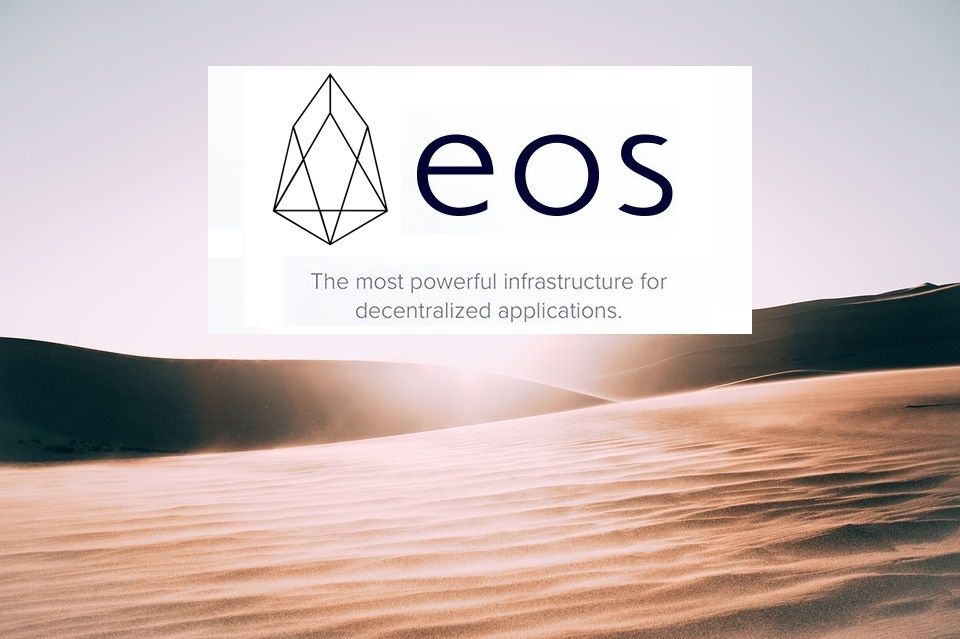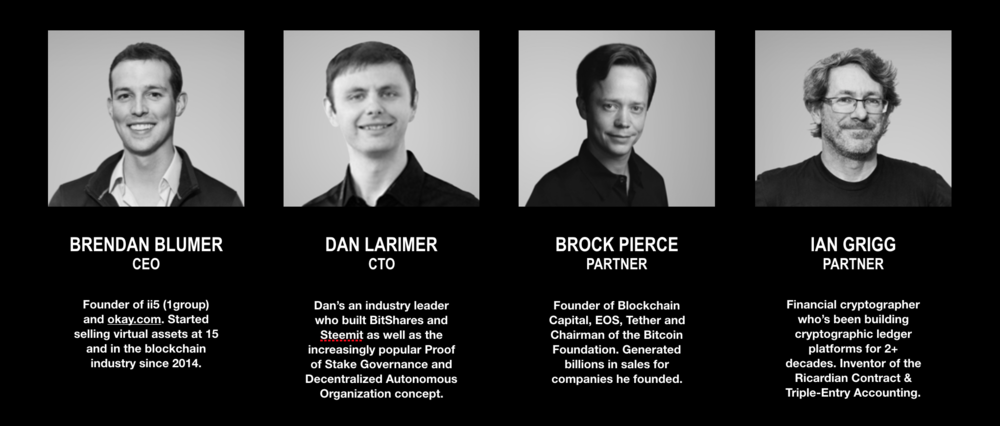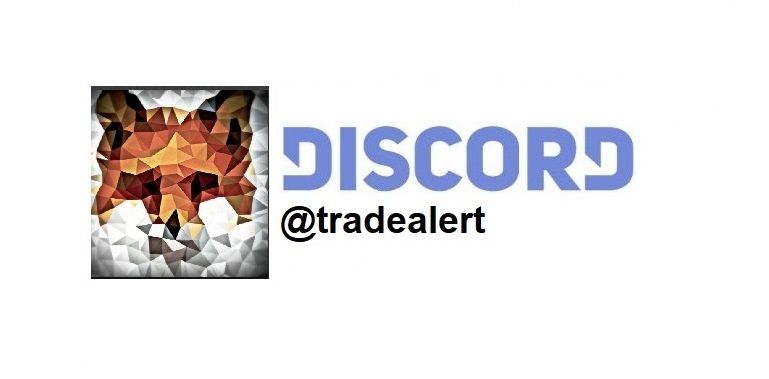Hi investors, Dean (@deanliu) and Dan (@tradealert) are back and today we’re talking about EOS.

Executive Summary.
EOS is an open-source project which aims at building the infrastructure for decentralized applications (dApps) at a commercial scale.
The project is being developed by Block.One a Hong-Kong-based software company incorporated in the Cayman Islands and founded by Brendan Blumer. Block.One’s chief technologist is Dan Larimer, a veteran block-chain developer responsible for founding Bitshares and STEEM.

Future access to the EOS ecosystem will be allowed via use of EOS tokens which can currently be purchased as IOU ERC-20 tokens from a year-long ICO scheduled to end in June 2018.
On June 1, 2018 at 22:59:59 UTC, ERC-20 EOS tokens will become non-transferable on the Ethereum blockchain and a snapshot of the distribution map will be carried out. ERC-20 EOS tokens will then become redeemable for authentic EOS tokens on any blockchain that respects the snapshot.
786,394,121 tokens out of a total supply of 900,000,000 have already been sold and are trading on secondary markets at a price of $7 USD/unit at the time of writing. 100,000,000 tokens out of the total supply are reserved for Block.one and 700,000,000 will be left for the community to use the platform. Thus far the ICO has raised over a billion dollar in ether, making it one on the most successful in the DLT industry.

Features.
EOS’ original architecture gives it five distinguishing features compared to other dApp platforms like NEO or Ethereum.
1. Speed.
All transactions on the EOS network are carried out by 21 elected “super-nodes”. Super-nodes can produce valid blocks without having to poll the whole network or wasting millions of dollars in electricity, thus significantly improving the speed of reaching consensus and allowing for tens of thousands of transactions to be processed each second in a permission-less environment.
2.User Accounts.
As in STEEM, EOS users will be attributed account names instead of long addresses. These accounts can be managed with different permission levels. Interestingly, accounts are also bound together by a constitution which makes bad actors legally liable before arbitration for any financial damage they might cause to other users.
3. Fee Model.
Unlike Ethereum which requires gas to process transactions, EOS users only need to stake a few dollars of EOS (which can be either purchased or delegated by wealthy users) to acquire enough bandwidth to run applications or receive services from the network.
4. Governance.
At the protocol level, super-nodes get to decide when to update the network which they can do without forcing a fork. At the application level, block producers also have the ability to update a buggy contract or freeze accounts without affecting other apps.
5. Developer-friendly.
EOS utilizes Web Assembly as a scripting language. This considerably opens developing on EOS to a very wide base of developers and will further improve EOS’ performance as an operating system.

Use Cases.
The speed at which the network can process transactions coupled with its focus on user friendliness can potentially allow for high-throughput “commercial” applications such as social media, decentralized exchanges, wiki-based encyclopedia, auction sites or lending platforms to run on a decentralized ledger with the hope that they can repeat the success of Steemit and bring EOS dApps to mass adoption.
You can browse all the projects which are being built on EOS using this directory.
Risks.
1. Small Ecosystem.
In its current state the ecosystem around EOS is still very small compared to its biggest competitor Ethereum. Despite all the hype surrounding it, EOS still has to prove that its technology can attract clients and compete against other hyper-scalable solutions like Hashgraph based Hedera. Although Block.One has been very busy funding joint-ventures charged with helping develop the ecosystem worldwide, so far EOS hasn’t been able to secure high-profile clients for its solution the way Zcash (JP Morgan) or Stellar (IBM) have.
2. Plutocracy.
In a series of blog posts, Vitalik Buterin pointed out that dPOS is a consensus mechanism that promotes plutocracy due to the possibility for super-nodes to game the consensus through bribes, effectively allowing them to buy votes from EOS holders to maintain their influence over the network.
Conclusion
EOS is a fascinating technology which offers the promise of bringing block-chain based applications to the mass market. In its current state though EOS is still very much a solution looking for a problem and it remains to be seen if it will be able to bridge the gap with Ethereum and realize the dream of mass adoption.
Despite the enthusiasm of many investors who tout EOS as the next 100-fold-return play, we’re yet to see how the token will perform in the long-run as an investment. As a trade though, EOS seems a very good play as speculation and hype leading-up to the launch of the network will probably considerably boost the price of the token.
Cheers.
Dan and Dean
_If you liked this post please consider supporting Dan’s blog @tradealert and if you’re interested in learning more about cryptocurrencies, come join our [awesome community on Discord](https://discord.gg/4VGVHrs). Don’t be shy, it’s free!!_

Also, make sure to go check out Dan’s latest review this time on SpankChain and his interview with Ernie from Trader of Futures.
This page is synchronized from the post: ‘EOS - The Decentralized Operating System.’